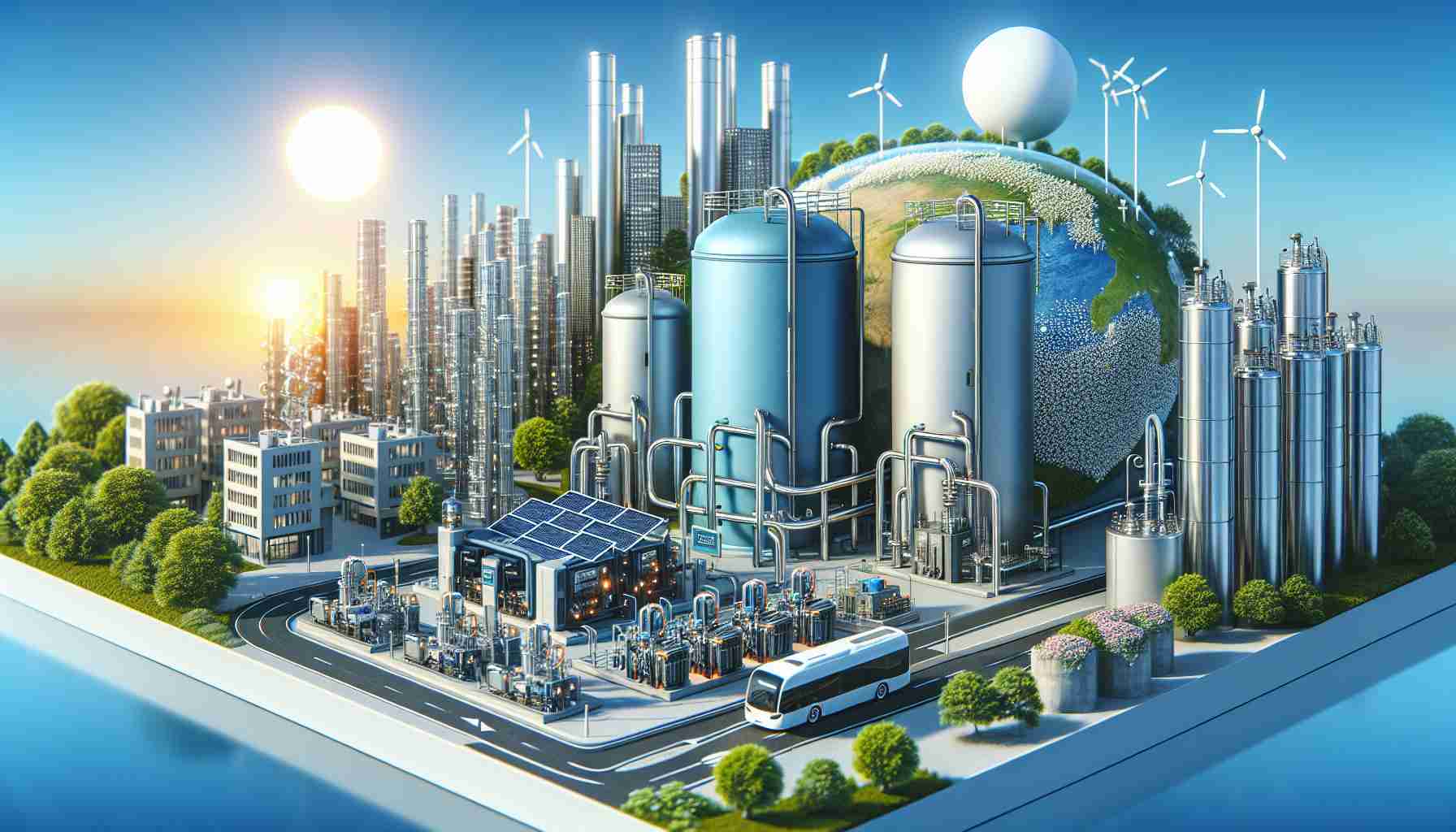Recent analysis indicates a significant expansion in the hydrogen energy storage sector, which is anticipated to reach $20.98 billion by 2028, driven by a robust compound annual growth rate of 6.0%. This growth is largely a reaction to an increasing emphasis on renewable energy sources and the ongoing transition to decentralized energy systems.
The integration of hydrogen into various industries highlights its versatile role, especially within transportation and aerospace. As the aerospace industry seeks cleaner energy alternatives for propulsion, hydrogen emerges as a prime option. Innovations in hydrogen storage technologies are critical, enhancing operational efficiency and reducing weight in aircraft designs. A notable advancement from Hyzon Motors illustrates how optimizing hydrogen systems can significantly lower vehicle production costs, marking a pivotal shift towards more sustainable aerial transportation.
In addition to aerospace, the demand for hydrogen in industrial applications and as a means to bolster energy security plays a vital role in market trajectories. The push for hydrogen electrolyzers and improved infrastructure underscores the commitment to harnessing this clean energy source on a larger scale.
The continued evolution of hydrogen energy storage presents numerous opportunities not just for stakeholders looking to innovate but also for those striving to align with the global movement toward a carbon-neutral future. The landscape is ripe for exploration, with new technologies poised to redefine how we think about energy consumption and storage.
FAQ Section
1. What is the hydrogen energy storage market projected to be by 2028?
The hydrogen energy storage sector is expected to reach $20.98 billion by 2028, with a compound annual growth rate of 6.0%.
2. What are the main drivers of growth in the hydrogen energy storage sector?
The growth is largely driven by the increasing emphasis on renewable energy sources and the ongoing transition to decentralized energy systems.
3. In which industries is hydrogen being integrated and why?
Hydrogen is being integrated particularly in transportation and aerospace industries. It is sought after as a cleaner energy alternative for propulsion, addressing the need for sustainability.
4. How is hydrogen storage technology impacting the aerospace industry?
Innovations in hydrogen storage technologies are critical for enhancing operational efficiency and reducing weight in aircraft designs, which can lead to more sustainable aerial transportation methods.
5. What role does hydrogen play in industrial applications?
Hydrogen is integral in industrial applications and is utilized as a means to enhance energy security, as well as supporting the development of hydrogen electrolyzers and infrastructure.
6. What are the opportunities presented by hydrogen energy storage evolution?
The evolution of hydrogen energy storage offers numerous opportunities for stakeholders to innovate and contribute to the global movement toward a carbon-neutral future.
Key Terms and Definitions
– Hydrogen Energy Storage: A method of storing energy generated from renewable sources in the form of hydrogen, which can later be converted back to energy as needed.
– Compound Annual Growth Rate (CAGR): The rate of return (growth rate) that would be required for an investment to grow from its beginning balance to its ending balance, assuming the profits were reinvested at the end of each period.
– Electrolyzers: Devices that use electricity to split water into hydrogen and oxygen, creating hydrogen fuel.
– Decentralized Energy Systems: Energy systems that are not centrally controlled and often involve small-scale generation and distribution of power, enhancing energy security and reducing reliance on large power plants.
Suggested Related Links
US Department of Energy Hydrogen and Fuel Cells
Hydrogen Fuel News
Hydrogen Council
Hydrogen Europe
Clean Hydrogen Partnership
